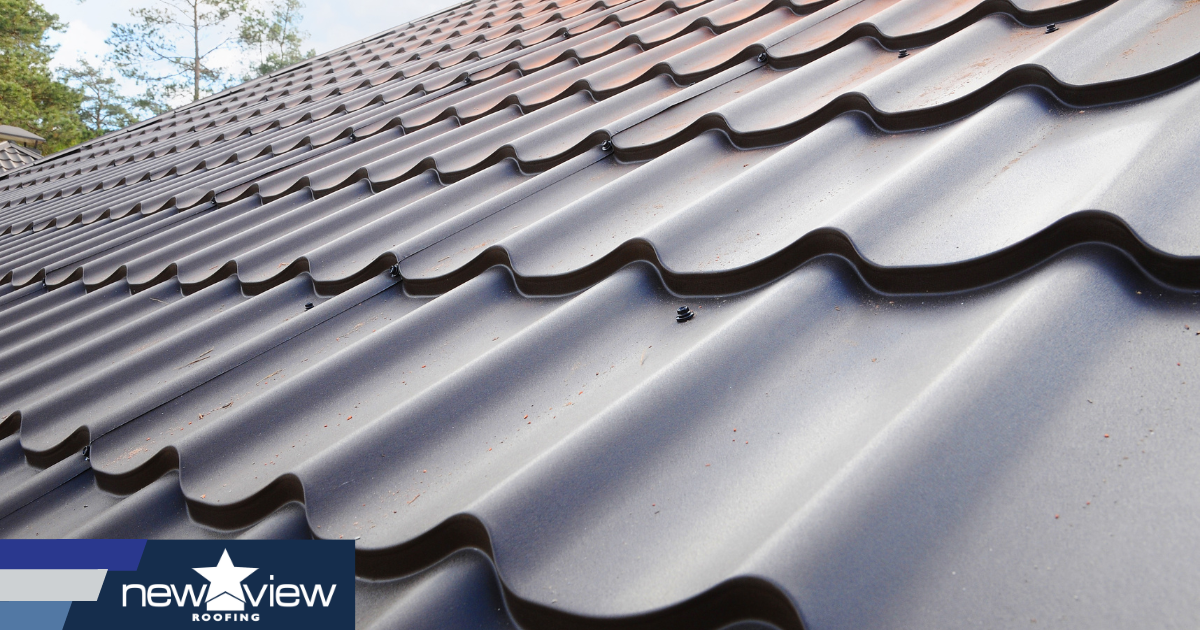Ideal Practices for Ensuring Correct Roof Ventilation
Making sure proper roof ventilation is critical for the longevity and performance of a roof covering system. A balanced intake and exhaust air vent ratio, commonly 1:300, plays a crucial role, with intake vents ideally positioned at the lower side of the roofing for cool air entry and exhaust vents at the peak for warm air leave. Regular examinations to identify blockages and keep clear air movement are critical. Additionally, keeping insulation far from vents is important to stop air flow limitation. Understanding these foundational components establishes the phase for even more comprehensive understandings right into setup and upkeep methods that can substantially improve your roof covering system's performance.
Understand Ventilation Fundamentals
Properly comprehending air flow basics is necessary for guaranteeing the durability and effectiveness of roof. Reliable air flow minimizes moisture build-up and temperature level extremes in the attic room, both of which can lead to significant architectural damage over time. A well-ventilated roofing system assists in protecting against common issues such as mold development, wood rot, and ice dams, which can jeopardize the honesty of the roof covering materials and the underlying frameworks.
The key goal of air flow is to promote the activity of air, enabling a constant exchange in between the indoor and exterior environments. This balance is accomplished through a combination of consumption and exhaust vents that work with each other to keep ideal air movement. Intake vents, usually located along the soffits or eaves, enable fresh air to go into the attic room area, while exhaust vents, usually situated at or near the roofing system ridge, make it possible for warm, humid air to run away.
Key elements affecting the effectiveness of roof air flow consist of correct placement, adequate sizing, and making sure that both consumption and exhaust vents are unhampered. Routine examination and upkeep are vital to determine possible obstructions, damages, or ineffectiveness in the ventilation system, thereby securing the roof's efficiency and resilience.
Kinds Of Roof Covering Vents
Roofing system vents play a vital role in preserving efficient attic room ventilation and, by extension, the total health and wellness of the roof covering system. Various kinds of roof covering vents are offered, each with one-of-a-kind benefits customized to particular roof covering needs.

Soffit vents are installed under the eaves and operate in tandem with roof vents to make certain a well balanced intake and exhaust system. By permitting cooler air to go into from below, soffit vents facilitate the expulsion of warm air through top vents. Gable vents, situated on the exterior wall surfaces of the attic, offer one more reliable option, specifically in homes with saddleback roofs.
Assess Your Existing Air Flow

Following, think about the age and condition of your roof materials and air flow parts. Older systems might not abide by current building ordinance or might have degraded gradually, decreasing their efficiency. Conduct a detailed evaluation to determine any type of indicators of deterioration, such as corrosion, damages, or gaps that could endanger the system's performance.
Furthermore, determine the attic room temperature level and humidity degrees. Heats and humidity can show inadequate ventilation - roofing companies. Utilize a hygrometer and thermostat to get exact analyses, contrasting them with outside problems. Relentless disparities suggest prospective issues that require resolving.
Installment Best Practices
Reliable installment of roof air flow systems is vital for ensuring optimum performance and longevity. Correct installation begins with comprehending the certain air flow requirements of the roof and the building it covers. This entails computing the correct ratio of intake to wear down vents, normally adhering to the 1:300 regulation, which specifies one square foot of ventilation for every 300 square feet of attic floor room.

The placement of vents is similarly vital. Intake vents should be mounted at the roof's reduced side, commonly in the soffits, to enable great air to enter. Exhaust vents, on the other hand, must be installed near or at the roofing system's peak to facilitate the departure of cozy, moist air. This creates a natural air flow that assists keep temperature level and wetness equilibrium within the attic area.
Seal all vent links carefully to prevent air leaks and possible water seepage. Usage premium products and adhere to maker standards to make sure sturdiness and performance. Furthermore, incorporating ridge vents with baffles can considerably boost air flow performance by protecting against wind-driven rainfall and snow original site from entering the attic room.
Ultimately, precise setup of roof air flow systems reduces potential issues such as mold growth, ice dams, and structural damage, making sure the roofing's integrity and the structure's overall health.
Normal Maintenance Tips
Uniformity in maintenance methods is essential to guaranteeing the long-term performance of roof covering air flow systems. Normal assessments are important, preferably carried out biannually-- in the springtime and fall. During these evaluations, guarantee that vents are devoid of particles, nests, and various other blockages that can hinder air movement. Look for any kind of indicators of dampness accumulation or mold, as these can suggest improper air flow or leaks (gainesville roofing companies).
Utilize a soft brush or a vacuum to eliminate dirt and debris from intake and exhaust vents. Be careful not to harm the air vent displays or louvers during the procedure.
Proper insulation is just as vital. Make sure that attic insulation does not block the vents, as this can significantly limit airflow. If any insulation has changed or worked out, rearrange or replace it to maintain an efficient obstacle.
Lastly, replace any kind of harmed or missing out on components without delay. Broken vents, broken shingles, or scrubby flashing can all add to insufficient ventilation and ought to be dealt with right away. Normal upkeep makes sure that the roofing ventilation system operates optimally, thus prolonging the life-span of the roofing itself.
Final Thought
Making certain proper roof covering air flow is paramount for preserving the performance and sturdiness of a roofing system. Adherence to the 1:300 consumption and exhaust vent ratio, paired with the critical positioning of go to this site vents, is crucial. Routine biannual inspections, particles cleansing, and guaranteeing insulation does not block air movement are essential techniques. Implementing these ideal techniques will promote a well-ventilated roof covering system, therefore mitigating possible problems associated with moisture accumulation and excessive warmth, eventually prolonging the roofing's lifespan.
A well balanced intake and exhaust air vent ratio, generally 1:300, plays a critical duty, with intake vents preferably placed at the reduced side of the roofing for trendy air entrance and exhaust vents at the optimal for warm air leave. Consumption vents, typically located along the soffits or eaves, enable fresh air to published here get in the attic space, while exhaust vents, usually located at or near the roof ridge, allow hot, moist air to get away.
Soffit vents are mounted under the eaves and work in tandem with roofing vents to make certain a well balanced intake and exhaust system. By allowing cooler air to get in from below, soffit vents facilitate the expulsion of hot air via top vents. Adherence to the 1:300 intake and exhaust air vent proportion, coupled with the tactical positioning of vents, is essential.